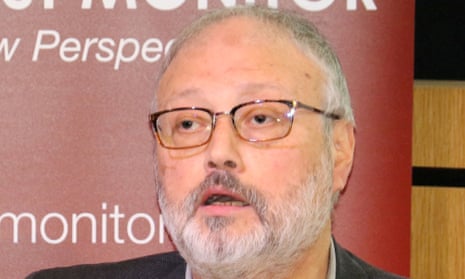Journalism is more dangerous – and more under threat – than at any point in the last decade, according to a report, which found that 78 journalists were killed last year while doing their job.
The rise of authoritarian governments and the threat of internet censorship has redoubled pressures on reporters globally, according to the human rights organisation Article 19, which found that a further 326 journalists were imprisoned for their work during 2017, a substantial increase on the previous year.
More than half of those behind bars were held in Turkey, China, and Egypt, often on charges of opposing the state.
“The price of protecting the right to freedom of expression and information has become extremely high: death, detention, and fear loom large for communicators and activists across the globe, and the space for meaningful discussion and communication is under siege,” said Thomas Hughes, the executive director of Article 19. “More than ever we need informed citizens, strong institutions, and the rule of law.”
The human rights group concludes that hostility towards the media is becoming normalised around the world, amid a proliferation of “strongman” populist leaders who have echoed the language of the US president and vilified journalists for simply doing their jobs. Eastern Europe was particularly problematic, Hughes said.
Donald Trump has made a habit of demonising reporters as “nasty” and “terrible”, damning mainstream outlets as purveyors of fake news. In October, he praised a fellow Republican for body-slamming a Guardian reporter.
There is growing evidence that his approach is emboldening others, from Hungary to the Philippines, Albania and Canada.
“This hostile rhetoric has real world effects: murders across this region occur in environments where the media is demonised and insulted, including by public officials,” said the organisation. In little over a year, reporters have been murdered in Bulgaria, Slovakia, Russia and Malta.
Data from the Committee to Protect Journalists, an NGO, shows that 2018 is likely to be no better for journalists. In fact, the number murdered – as opposed to killed in war, on dangerous assignments, or in other incidents – is on the rise.
Attention has focused recently on the fate of Jamal Khashoggi, who was killed by Saudi security forces in Istanbul in October. But he was one 31 journalists murdered so far this year.
In the past decade, approximately 300 journalists have been murdered in more than 40 countries, according to an analysis of the CPJ data. Aside from countries at war, India, Mexico, Brazil, Pakistan and Russia have the most dismal records.
Article 19 also said international monitoring failed to capture all cases of violence against journalists – especially when local “communicators” in small and marginalised communities were killed after uncovering the wrongdoing of governments and other vested interest groups.
Other threats to freedom of expression include the power imbalance between popular social networking sites such as Facebook and their users, as shown by the Cambridge Analytica data scandal. Article 19 concluded the decline in media plurality was having a negative impact on the public’s ability to understand what was going on in the world – and making it easier for authoritarian governments trying to censor the internet.
“There is clear evidence to argue that as new ways to express [ourselves] emerge, new ways to silence rise up to meet them,” the report said, highlighting Iran, Russia, and China for blocking online content and imposing harsh penalties on critics.
“Some regimes have resorted to total shutdown, for instance in Cameroon and Ethiopia, where internet shutdowns have targeted the protests by particular ethnic groups.”
Article 19 used 32 indicators to judge freedom of expression and information, taking into account five criteria: restrictions on civic activities including the right to protest, internet censorship, media freedom, the safety of campaigners and journalists, and government transparency.
Denmark topped the list when all measures were taken into account. On the issue of media impression, it was joined in the top five countries by Norway, Switzerland, Germany, and Finland.
There were substantial declines in the ability of journalists to do their job in Yemen, Burundi, Romania, Zanzibar, and Turkey, where reporters privately admitted they refrained from writing about the Turkish president, Recep Tayyip Erdoğan, for fear of judicial retribution.
However, there was some cause for optimism as the report also found freedom of the press had improved over the past four years in Sri Lanka, the Gambia, Fiji, Central African Republic and Somalia.
Hughes said freedom of expression underpinned democracy, adding: “Hope lies in our voices and in our demands for fair laws, strong institutions, and public information; we must keep faith in one another and our own power to listen, learn, and find solutions which benefit all of us.”
